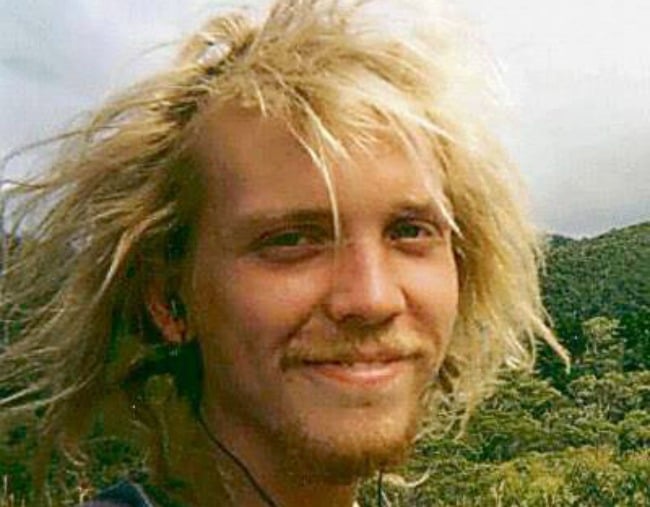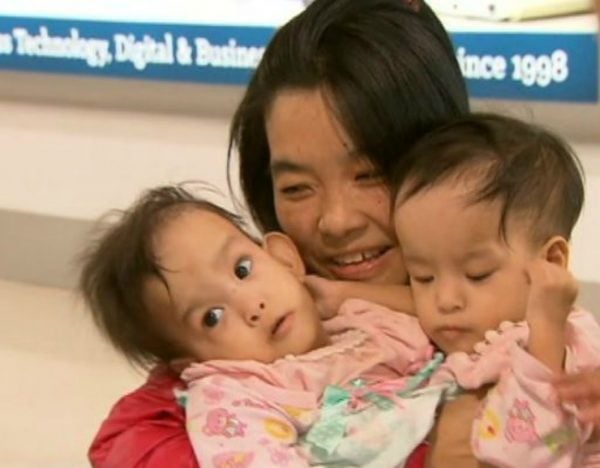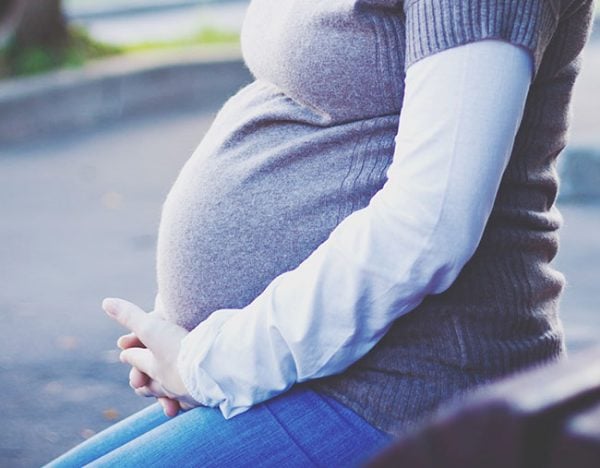
With AAP.
1. “Something strange has happened to me.” Backpacker sent mysterious note before vanishing.
The father of a Swedish backpacker who disappeared while on holiday in Australia 13 years ago is holding out hope he may still be alive.
The last Max Vidar Castor’s father heard from him was in March, 2005, when they received a box, posted from Victoria, containing his passport, return plane ticket and a letter.
“Something strange has happened to me and I don’t know how to cope with it,” the note read, according to Yahoo News.
“I am tired of myself but there is still so much beauty in the world. Now I am vanishing … no tears.”
Max was 19 years old when he flew from Stockholm to Sydney with two friends, to fulfil his long-held dream of travelling the continent, the outlet reported.
But after five months journeying up the east coast, he travelled alone to Warrnambool, Victoria, on March 31, 2005, where he mailed the mysterious note. A police investigation proved unsuccessful.
While his father, Rolf, accepts his son may never return, he doesn’t believe he is dead.
“I believe he has found some type of other community and could be living off the land, maybe even with a wife and kid,” he said. “I wouldn’t be the least bit astonished.”
If you’ve seen Max or have any information that could assist police, please call Crime Stoppers on 1800 333 000.































































































